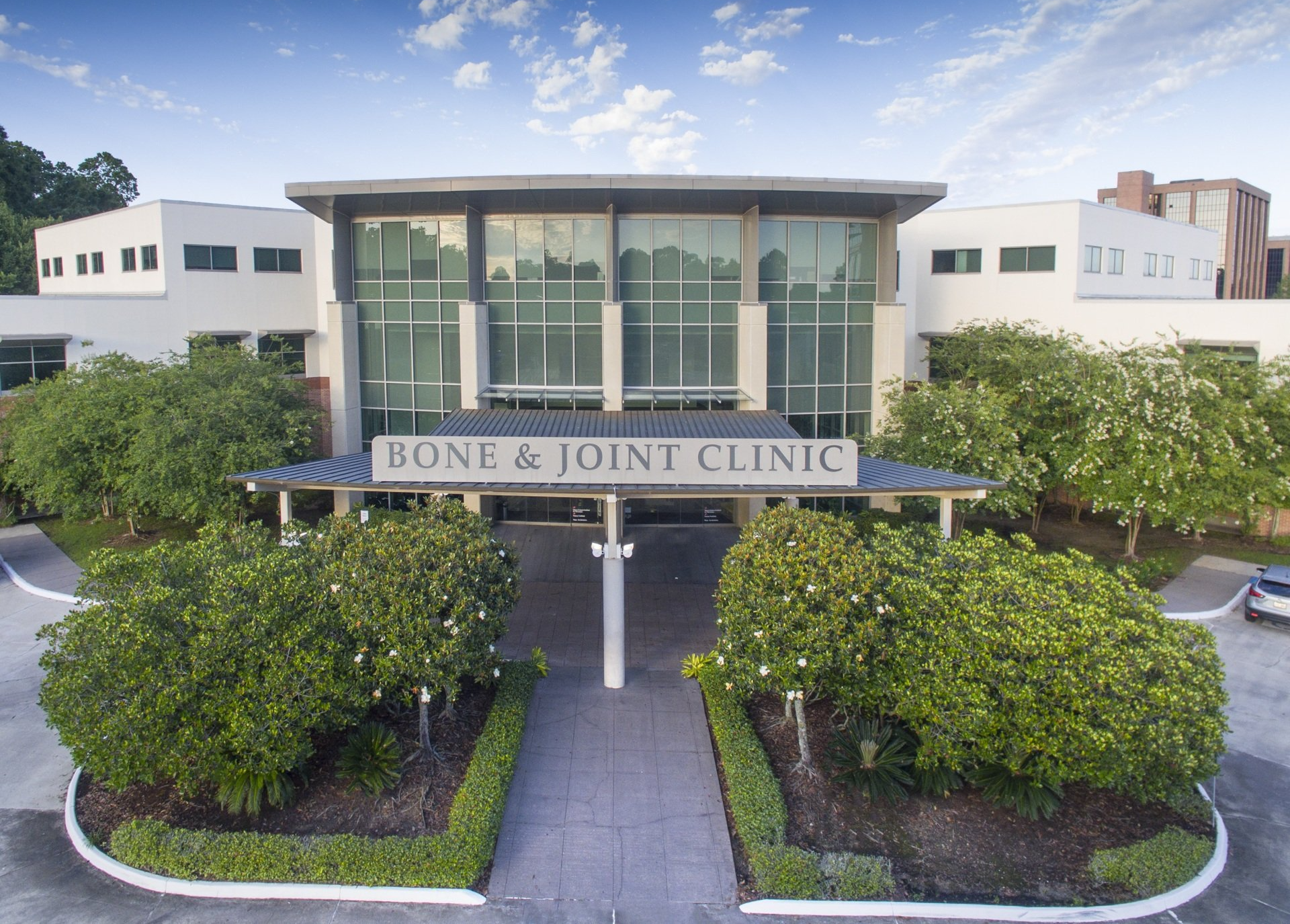Nearly half of the American adult population suffers from back pain to some degree. Some cases are mild, only occurring occasionally and requiring minimal, at-home treatment. Others, however, are severe, chronic, and send patients on a ceaseless journey to find the solution that will finally bring them relief. For nearly 500,000 patients each year, that solution is found in spinal fusion surgery, and as advances in technique and technology continue to climb, so too will the popularity of these procedures.
What is Minimally Invasive Spinal Fusion Surgery?
Spinal fusion surgery helps correct deformities and reduce pain associated with a number of conditions affecting the spine. This is accomplished by connecting two or more vertebrae with bone or a similar material in order to stabilize and eliminate motion between them. In years past, this was accomplished through a standard open fusion which required a large incision in the back and cutting through muscle tissue. Fortunately, minimally invasive surgical options have been able to provide the benefits of spinal fusion while reducing recovery time, pain, risk of infection, and other complications.
There are several different techniques surrounding minimally invasive spinal fusions, each involving a small incision and special instruments that allow the spine to be accessed with as little disruption as possible. Many of the most common conditions leading to chronic back pain may be treatable with one or more of these techniques. Uses include the following:
Treating Fractured or Broken Vertebrae
A fractured or broken vertebrae can occur from traumatic injury, or it may be the result of a bone-weakening condition such as osteoporosis. Sometimes, these fractures are able to heal without the need for surgery. However, there are instances where the bones are unable to properly heal and may even weaken and slip out of place. In these cases, a fusion may be required in order to restore stability to the spine and to allow the injury to fully heal.
Treating Damaged Spinal Discs
Spongy discs located between vertebrae (intervertebral discs) serve important purposes in spinal function. Not only do they act as shock absorbers, they also aid in spine mobility. Over time these discs often lose hydration and become stiffer in a condition known as degenerative disc disease. In turn, patients may experience pain and reduced flexibility. Likewise, herniated discs can produce many of the same symptoms. These are discs that have broken or bulged outward due to degeneration or injury. When these damaged discs do not respond well to non-surgical treatment or cause nerve damage, spinal fusion may be recommended.
Treating Spinal Deformities
Conditions such as scoliosis or kyphosis lead to unnatural curving and deformity of the spine. Treatment for these conditions depends largely on their severity and often begins with non-surgical options such as physical therapy and back bracing. However, more severe or progressing cases may be candidates for spinal fusion surgery which is often very successful in restoring the spine to a more natural position.
Restoring Spinal Strength and Stability
In addition to fractures and other injuries, spinal weakness and instability can also result from existing medical conditions. Arthritis and sacroiliac joint dysfunction are both culprits which commonly lead to excessive motion between spinal vertebrae and which may produce many painful symptoms. In these cases, spinal fusion can help stabilize and strengthen the vertebrae, thereby relieving many of the associated complications.
Why Choose Bone & Joint for Minimally Invasive Spinal Fusion Surgery?
If you are suffering from chronic back pain, the first step toward relief is understanding the underlying causes. Schedule an appointment with Dr. Chambliss Harrod, Dr. Kevin McCarthy or Dr. Matthew Neumann, spine specialists at Bone & Joint Clinic of Baton Rouge. Doctors McCarthy and Harrod each have extensive training in adult and pediatric spinal conditions, as well as all forms of minimally invasive spine surgery. While the goal of our physicians is to improve your condition without the need for surgery whenever possible, rest assured that if spinal fusion or other surgical intervention is needed, you will be in the caring hands of the area’s foremost spine surgery experts.




